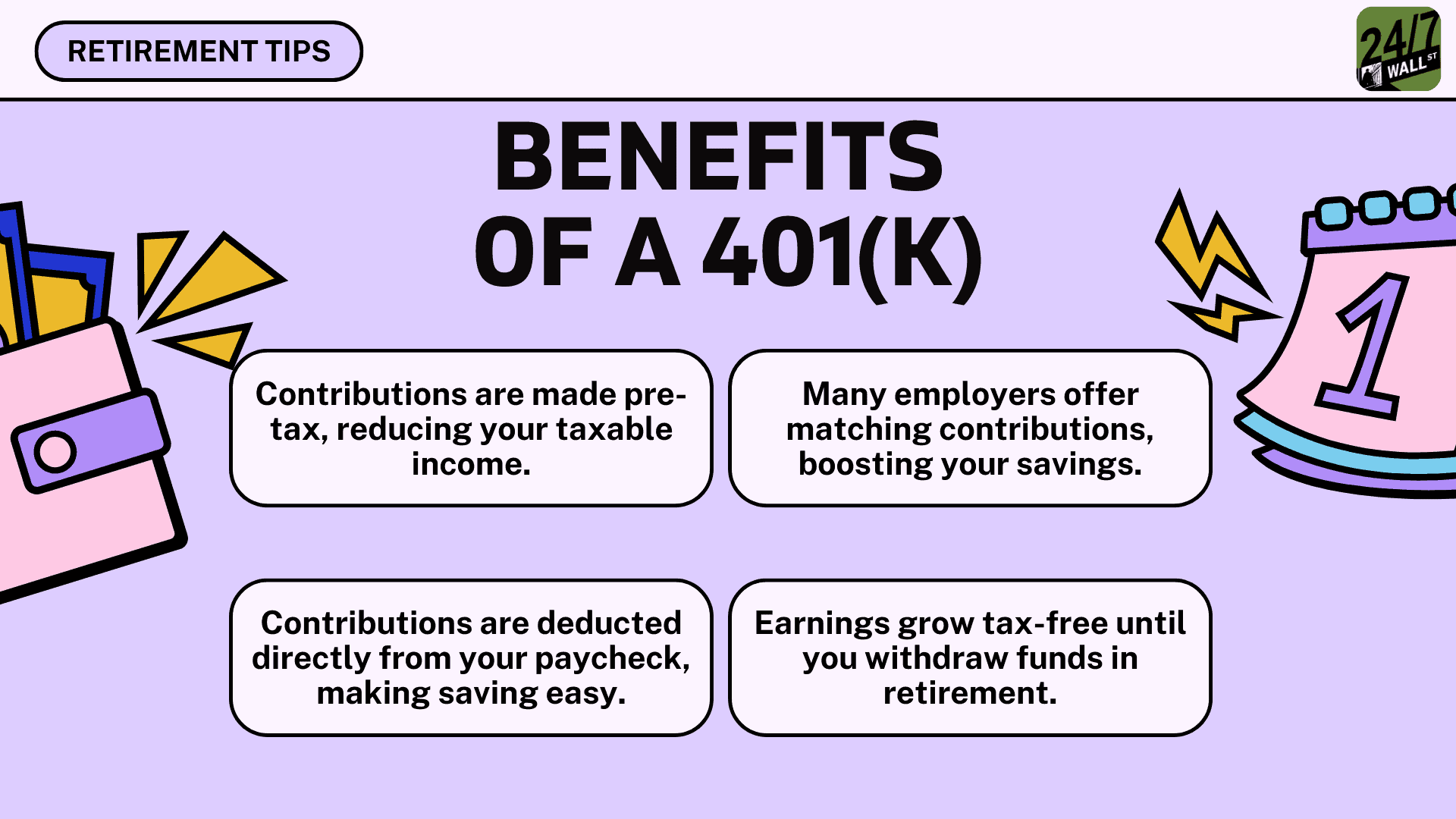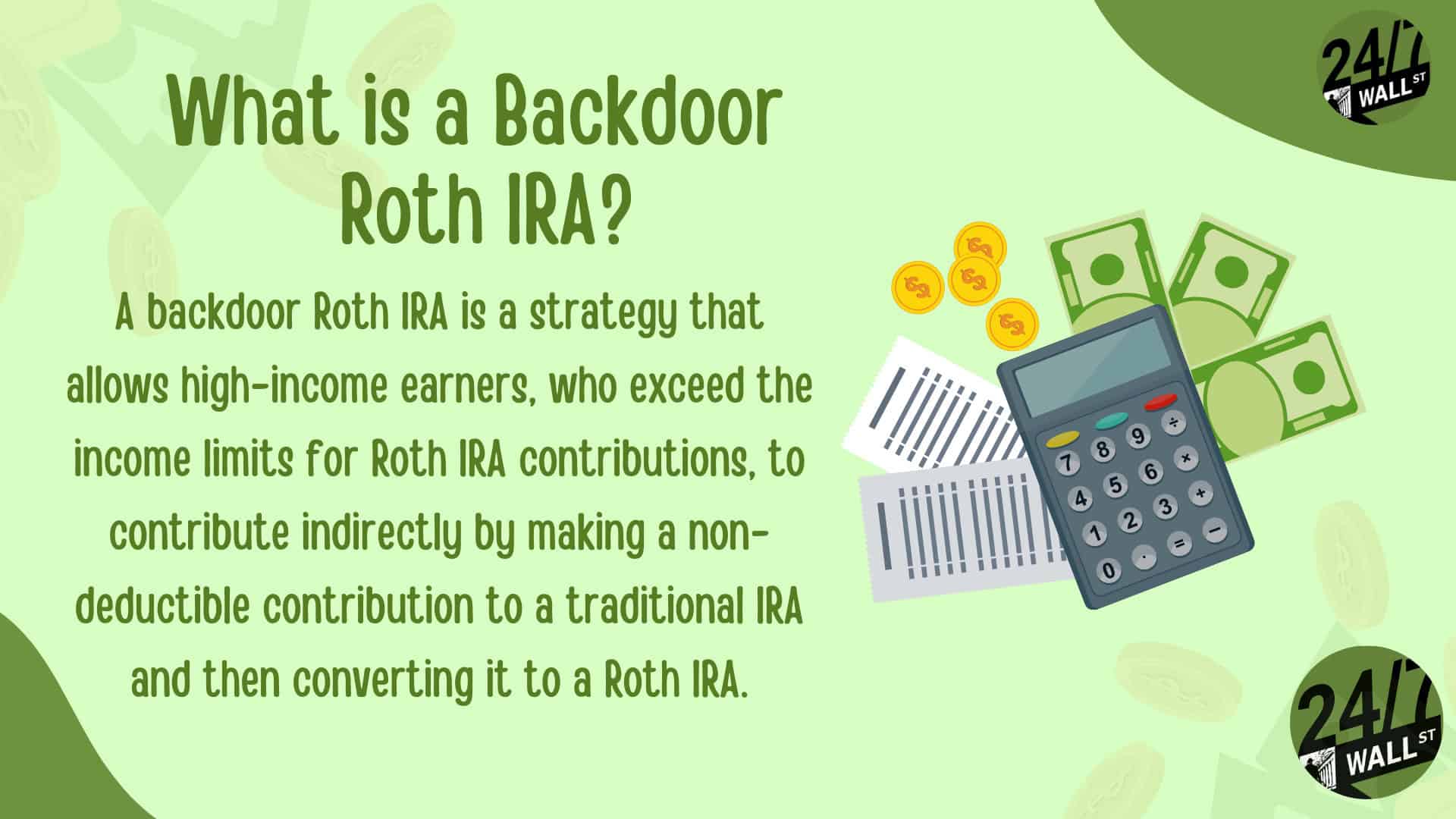Personal Finance
I'm a high earner who has always maxed out my 401k. I keep hearing about backdoor Roth IRA - what is it?

Published:

Today, let’s meet IMovedYourCheese on Reddit. Cheese is a higher earner who’s been diligently following the traditional retirement playbook by maxing her 401(k) out each year.
With a steady income, she assumed she was on the right track. But recently, she’s been hearing about strategies like the backdoor Roth and mega backdoor Roth, and it has her wondering—am I missing out on something bigger?
Cheese’s confusion is understandable. While she’s doing everything by the book, it’s possible that there are opportunities she hasn’t explored yet. If you’re like Sarah and want to know whether these strategies will work for you, keep reading.

Cheese mentioned she is already maxing out her 401(k). This means she is putting in the maximum amount allowed each year, allowing her to reduce her taxable income and build a solid nest egg.
This strategy is one of the most common (and effective) ways of saving for retirement. But that doesn’t mean it’s always best. (We’ve covered three risks in maximizing your 401(k).)
The money invested in a 401(k) is tax-deferred, meaning it gets to grow, and you pay taxes on the money after you take it out (typically when you retire).
However, while a 401(k) is a great starting point, it has limits. In 2024, the contribution cap is $23,000 (or $30,000 if you’re over 50), and this may not be enough for high earners who want to save more.
This is where other strategies come in.
While our Reddit user has been focused on pre-tax contributions to her 401(k), other avenues exist, such as after-tax contributions.
Unlike traditional 401(k) contributions, which reduce taxable income now, after-tax contributions don’t provide immediate tax benefits. However, they allow for additional savings beyond the annual 401(k) plans.
The real advantage comes when these after-tax contributions are rolled over into a Roth IRA or Roth 401(k), where they can grow tax-free.
This is a way for high earners to continue building retirement savings once they’ve maxed out their 401(k) contributions, providing them with more tax-advantaged growth in retirement.

Cheese also mentioned a backdoor Roth IRA. This strategy is designed for high-income earners who exceed the income limits to contribute directly to a Roth IRA. It seems a bit complicated, but it basically only has two key points:
This strategy provides a legal workaround for high earners who want to invest more in their retirement. That said, you do need to be aware of tax implications. If you have other pre-tax IRA balances, as this can affect how much of the conversion is taxable.
This is due to the “pro-rata rule.”
The pro-rata rule is a tax regulation that controls how conversions from a traditional IRA to Roth IRA are taxed when the traditional IRA contains both pre-tax and after-tax income.
It’s a bit of a complicated formula. Simply put, you must calculate the proportion of taxable vs. non-taxable amounts when converting.
This rule can lead to pre-tax contributions turning into after-tax contributions. You’ll have to pay tax on them as income tax! Therefore, it’s best to keep your after-tax contribution separate from your pre-tax funds (in a different IRA). This makes everything much simpler.
You can also convert your IRA in stages (especially when you expect to be in a lower tax bracket). This approach spreads out the tax liability over time, making it more manageable.

For higher earners, there is another strategy you need to stay on top of the mega backdoor Roth. This method allows you to contribute even more money to a Roth account by leveraging after-tax contributions in your 401(k).
Here’s how it works:
This strategy can dramatically boost any high-earners by allowing them to contribute tens of thousands of dollars beyond the standard limits.
That said, all 401(k) plants do not support after-tax contributions or in-plan Roth conversions. You’ll need to check with your plan administration to see if this strategy would work.
Cheese’s situation can seem a bit complicated, and she may be able to take advantage of one of these strategies.
However, not everyone can use these strategies. It depends on several key factors:
For high earners, you’ll need to use a little creativity to max out your retirement savings. Maxing out your 401(k) may not be enough to save for your retirement.
Consider exploring options like after-tax contributions, backdoor Roth IRAs, and mega backdoor Roth can help boost your savings and potentially unlock tax-free growth.
These strategies are complicated, so working with a professional is highly recommended. The key is understanding the rules of your current retirement plan and knowing how these strategies can fit into your overall plan.
Start by taking a quick retirement quiz from SmartAsset that will match you with up to 3 financial advisors that serve your area and beyond in 5 minutes, or less.
Each advisor has been vetted by SmartAsset and is held to a fiduciary standard to act in your best interests.
Here’s how it works:
1. Answer SmartAsset advisor match quiz
2. Review your pre-screened matches at your leisure. Check out the advisors’ profiles.
3. Speak with advisors at no cost to you. Have an introductory call on the phone or introduction in person and choose whom to work with in the future
Thank you for reading! Have some feedback for us?
Contact the 24/7 Wall St. editorial team.